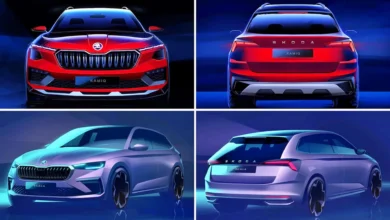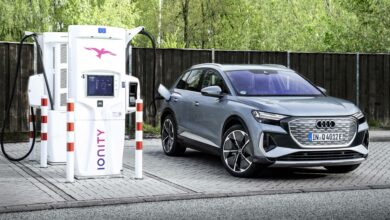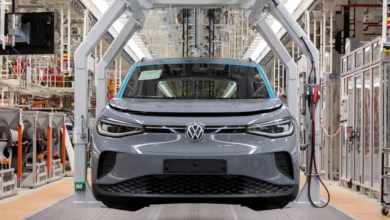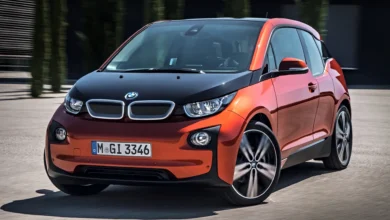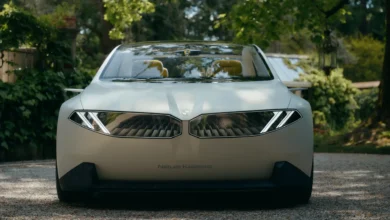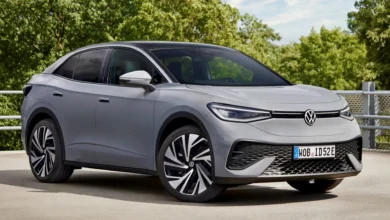
Plug-in hybrid engines have become popular in the last decade, but it is certainly now that they are most in demand. More and more customers are interested in electric mobility, but not all are willing to give up the comforts of use and the almost absolute nonchalance that is, at least today, to have a combustion engine. A car with PHEV technology allows full-electric driving during short-distance daily trips, but also offers a traditional thermal drive for all other occasions, such as long road trips. That is, it combines all the advantages. If you are curious to find out which is the best plug-in hybrid motor on the current market, we propose three options according to different criteria: consumption, power, and the relationship between consumption and power.
Unlike “self-recharging ” hybrids, plug-ins require an external power source to recharge their battery. But like the first ones, the PHEVs are based on a system that increases the efficiency of the drive unit, since, in addition to recharging using a plug, it is capable of recovering the energy from decelerations, storing it, and using it in certain situations. through an electric motor that complements the combustion engine. This reduces the fuel used by the main thermal propellant and, therefore, CO 2 emissions. During the time in which the car moves in electric mode, ecological, economical, silent, smooth driving is achieved, which extends the useful life of certain mechanical components. From 40 km of electric autonomy, they have the ZERO label of the DGT.
The best plug-in hybrid motor by consumption

In practice, it is difficult to find out which plug-in hybrid motor is the most efficient on the market. For this reason, we have analyzed the technical data sheets and the mixed consumption homologated according to the WLTP cycle of dozens of utility and compact cars with this type of engine.
The conclusion we have reached is that, although the difference with its competitors is relatively small (just a few tenths), the 1.4 TSI hybrid plug-in hybrid engine manufactured by Volkswagen is, in addition to one of the most efficient, the one that shows the least consumption.
This plug-in hybrid system, which combines an electric motor with 110 hp and another thermal gasoline, four-cylinder (1,400 ccs) and turbocharged with 150 hp, is installed in models such as the Volkswagen Golf, the SEAT León, the Skoda Octavia, or the Audi A3 Sportback and approves a minimum average of 0.9 l / 100 km. It develops a maximum of 204 hp of power and 350 Nm of torque.
Power

Unlike the previous case, it is easy to know which is the most powerful plug-in hybrid engine on the automotive market, since today there are not so many engines of this class with very high performance and almost all of them belong to luxury brands.
The result obtained is that, although there are plug-in hybrid engines for very exclusive vehicles of which, in some cases, units can no longer be purchased (such as the McLaren P1), the Turbo S E-Hybrid manufactured by Porsche is the most powerful. , in addition to the only PHEV with V8.
This plug-in hybrid tandem, which uses an electric motor with 136 hp and a petrol thermal motor, eight cylinders (4,000 ccs), and turbocharging with 570 hp, is associated with models such as the Porsche Panamera or the Porsche Cayenne. Together, it delivers up to 700 hp of power and 870 Nm of torque and has an approved average consumption of between 2.8 and 3.6 l / 100 km (WLTP).
The best plug-in hybrid motor by the relation between consumption and power

This is the most difficult assumption to elucidate empirically since more variables come into play. For this reason, we have decided to apply the WLTP-approved consumption study method only to those models on the market with more than 300 hp.
It has been deduced that the xDrive 45e plug-in hybrid engine manufactured by BMW is the one that best meets this criterion since it develops 394 hp of maximum power and up to 600 Nm of torque, but only consumes 1.2 l / 100 km (WLTP ) in the best case. Of course, its cost is high.
With an electric drive of 113 hp and another petrol thermal, six cylinders (3,000 ccs), and supercharging of 286 hp, it can be found in models such as the BMW X5 or the BMW 5 Series Sedan. Its low fuel consumption is because it has an electric range of almost 90 km and the homologation tests only take into account the first 100 km of travel.
